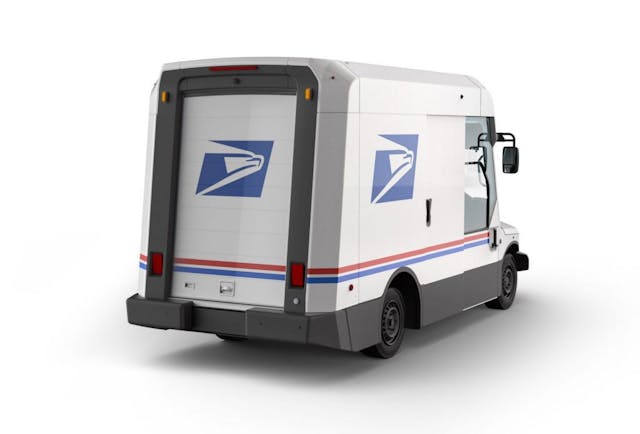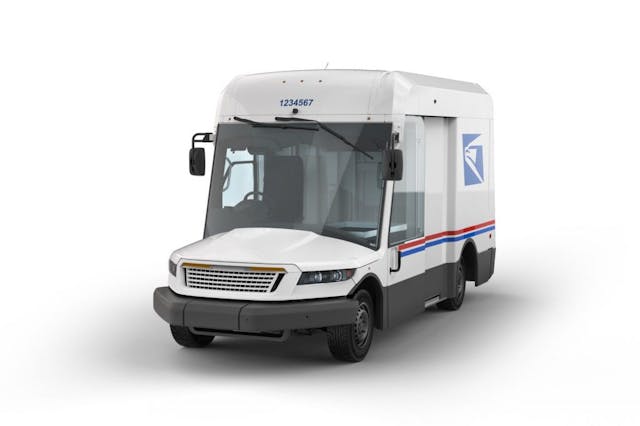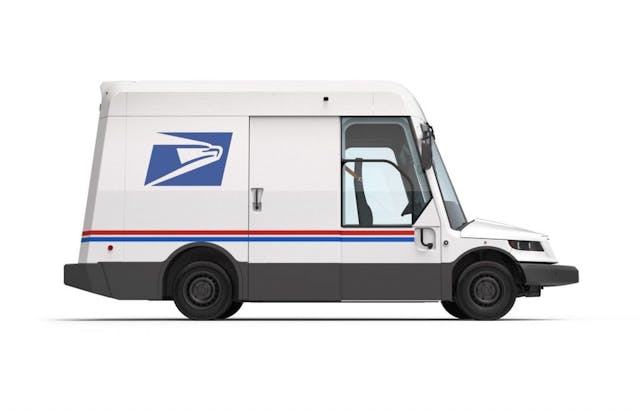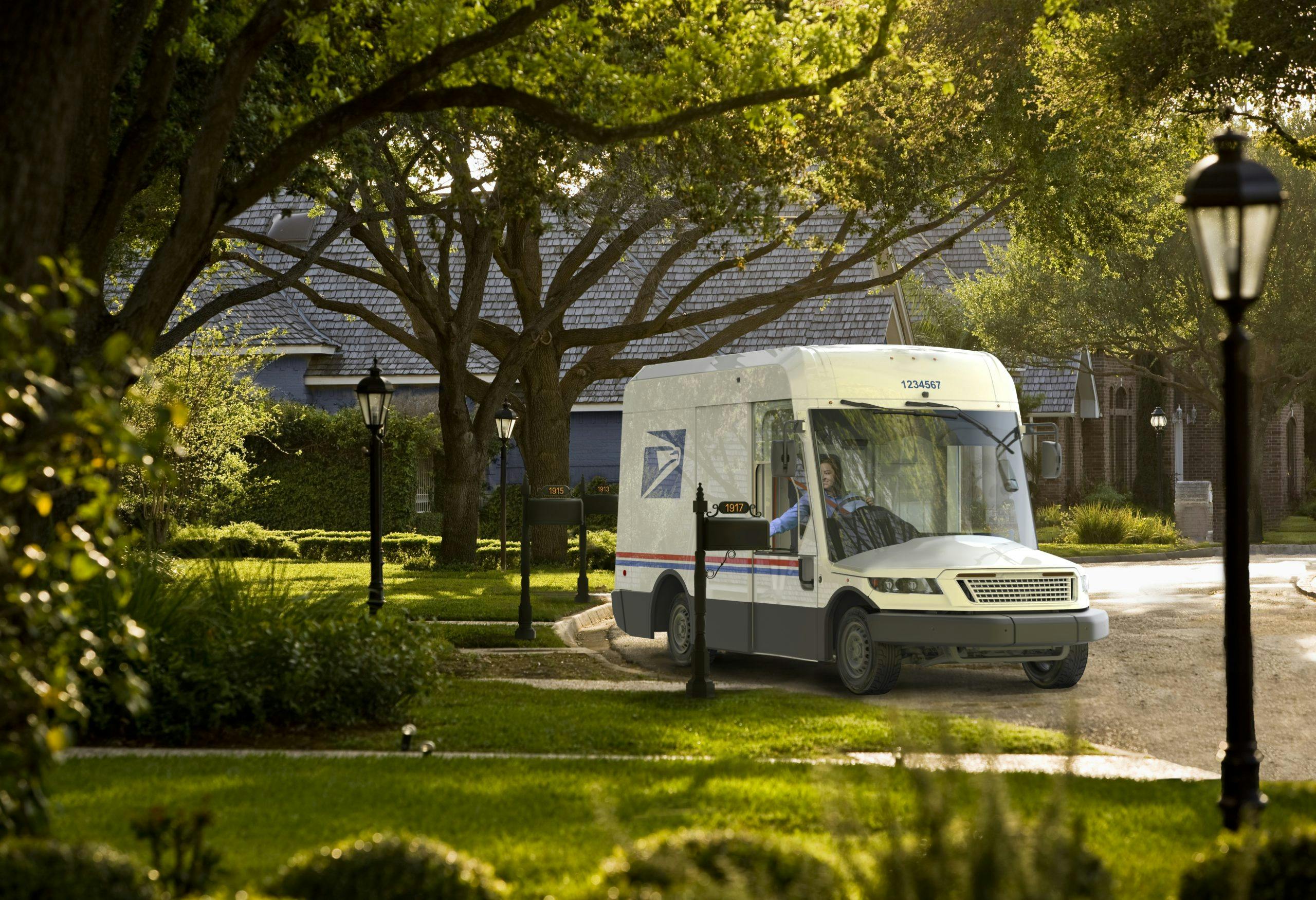Media | Articles
USPS greenlights Oshkosh Defense for next-gen mail truck
This is it, folks—nine years after the lovable LLV’s original expiration date, and six years after the United States Postal Service started seriously looking for a replacement, the USPS has finally selected a manufacturer for the next-gen mail truck.
Wisconsin-based Oshkosh Defense originally partnered with Ford to pitch USPS a truck based on the Transit van (a 2018 prototype of which is pictured below). The other finalists were the Workhorse Group, which was preparing an all-electric model, and Kasara, which proposed a hybrid model. Oshkosh just received a $482 million contract to finalize its Next-Generation Delivery Vehicle (NGDV), as well as to prepare facilities for production, which is slated to begin in 2023.

Wondering why that figure is measured in millions, not billions? It’s only an initial investment, slated to fund re-tooling of the manufacturing facility where final assembly of these vehicles will occur. Given that the contract first was estimated at $600 billion, we will likely hear of further funds allocated to this project in months to come.

Just how many new NGDV mail trucks will be swarming American streets? USPS awarded Oshkosh an indefinite delivery, indefinite quantity (IDIQ) contract: between 50,00 and 165,000 vehicles delivered over a 10-year period. In practical terms, USPS will be ordering the vehicles from Oshkosh, thus retaining control over the mix of internal-combustion and EV vehicles in their fleet. This ratio could become a hot topic, but the USPS announcement specifies that the ICE models can be retrofitted with the electric powertrains, allowing some flexibility in the future. Postmaster General and USPS CEO Louis DeJoy is staunchly optimistic.
“Our fleet modernization also reflects the Postal Service’s commitment to a more environmentally sustainable mix of vehicles,” DeJoy says. “Because we operate one of the largest civilian government fleets in the world, we are committed to pursuing near-term and long-term opportunities to reduce our impact on the environment.”
Marketplace
Buy and sell classics with confidence

The new trucks are dramatically larger than the LLVs they replace, a reminder that today’s U.S. residents ship and receive far more packages than they do letters. The truck’s walk-in cargo height and roll-up access door are certainly not the only changes, either; these NGDVs will pack loads more technology than their LLV forbearers. The list of added tech reveals exactly how barebones the LLVs were: the next-gen trucks get airbags, antilock brakes, electronic parking brakes, and traction control. The NGDV also gets snazzier upgrades like 360-degree cameras (including a back-up unit), blind-spot detection, and front- and rear-collision avoidance systems with automatic braking.
Postal employees may be most thrilled, however, by a more mundane feature of the NGDV: air conditioning. Here in the depths of a Michigan winter, we sure hope the heating system is robust, not to mention the defroster fans: the lofty NGDV has a truly expansive windscreen.

Oshkosh has only confirmed two variants of its next-gen mail truck: an EV and an internal-combustion model. Gas or diesel? The company isn’t free to say, as of this writing. “We will defer to our USPS customer on the project mix of vehicles,” says Quigley.
When asked whether the BEV mail truck will share the E-Transit’s all-electric platform, Quigley said he wasn’t commenting on suppliers at this time, but he did specify that “the vehicle is a purpose-built Oshkosh vehicle, not a Ford Transit.”
Regarding suppliers, all that Quigley is free to say at this point is that Oshkosh has “teamed up with industry leaders whose proven sub-systems and components speak to the quality of the Oshkosh Defense NGDV offering. At this time, we are not at liberty to discuss our supply chain for this program.”
It looks like the NGDV is finally coming together, although we haven’t surrendered hope for the Foose-ified USPS drag truck …
















